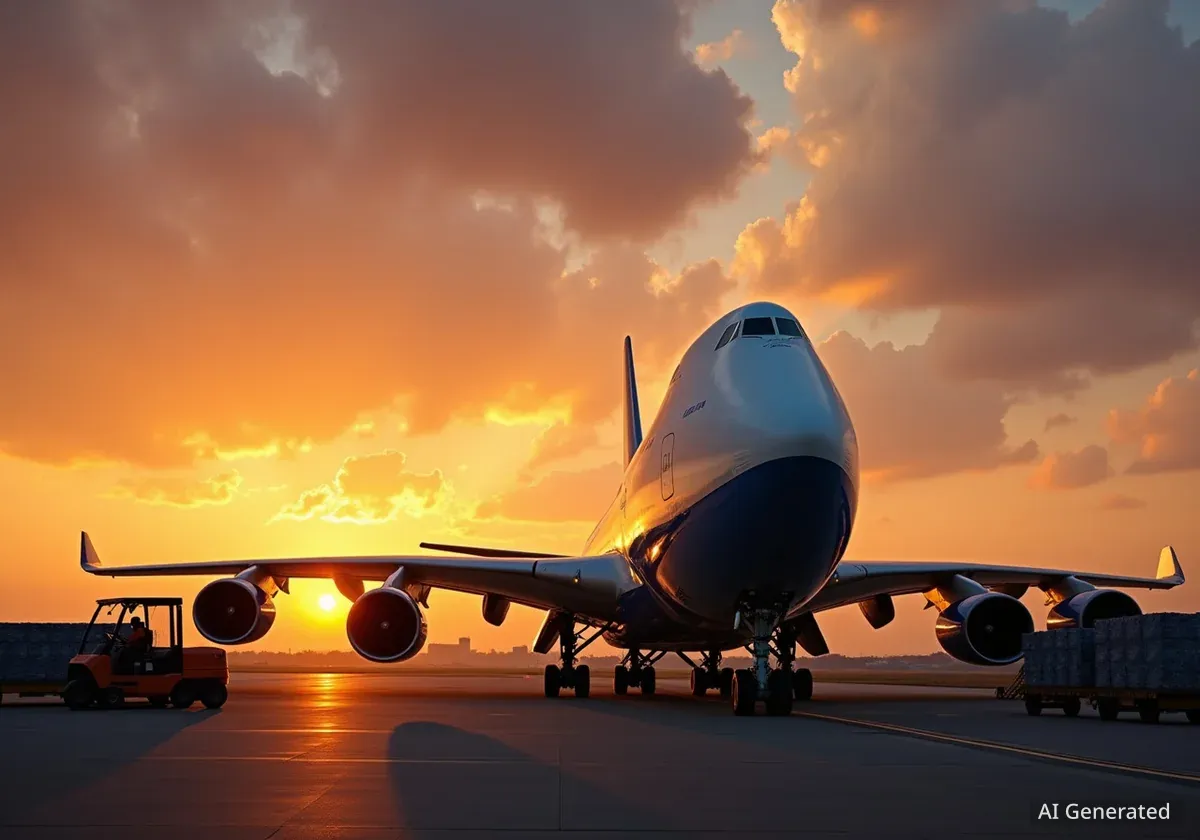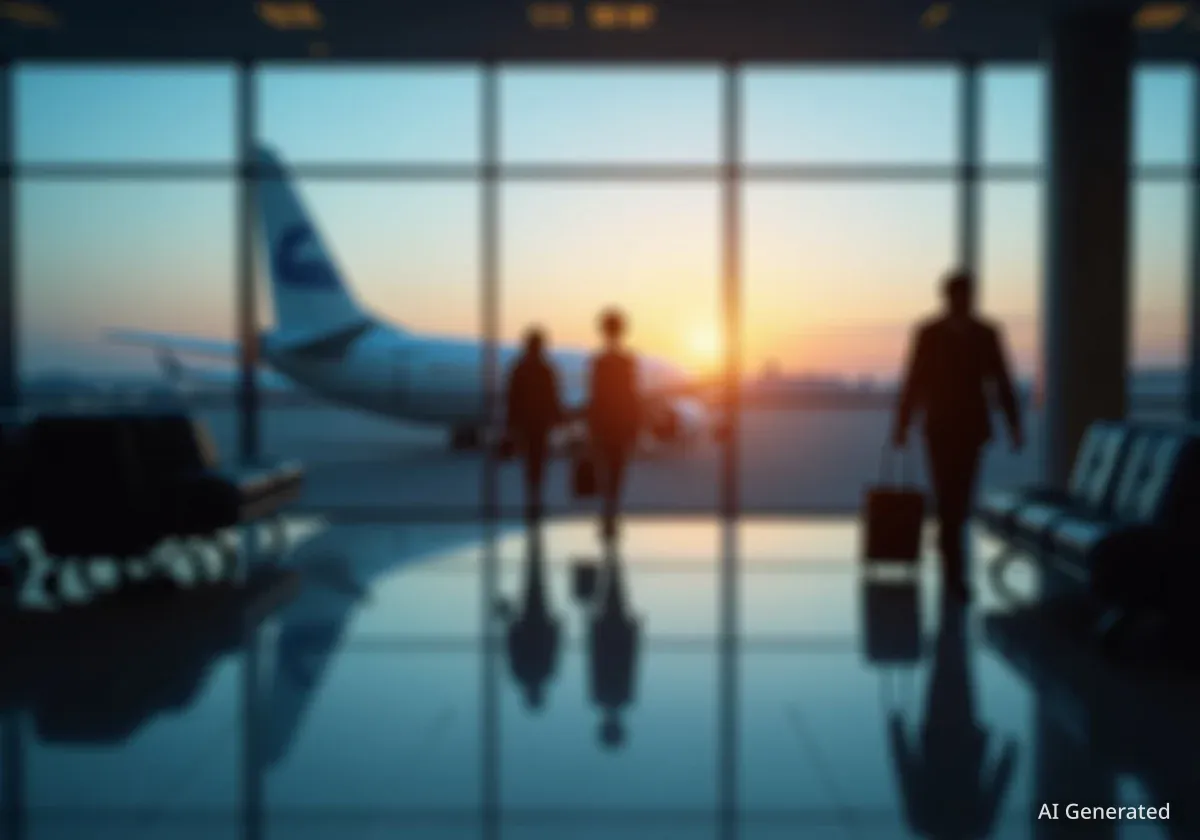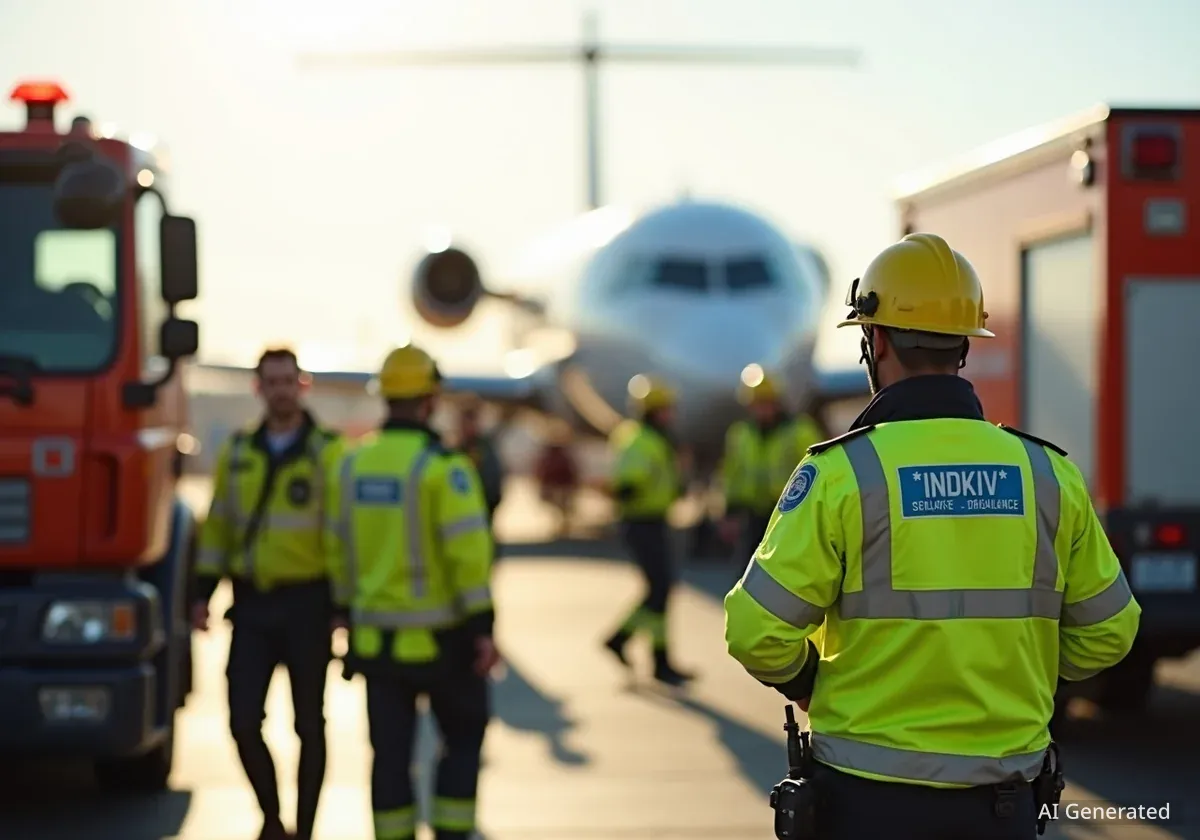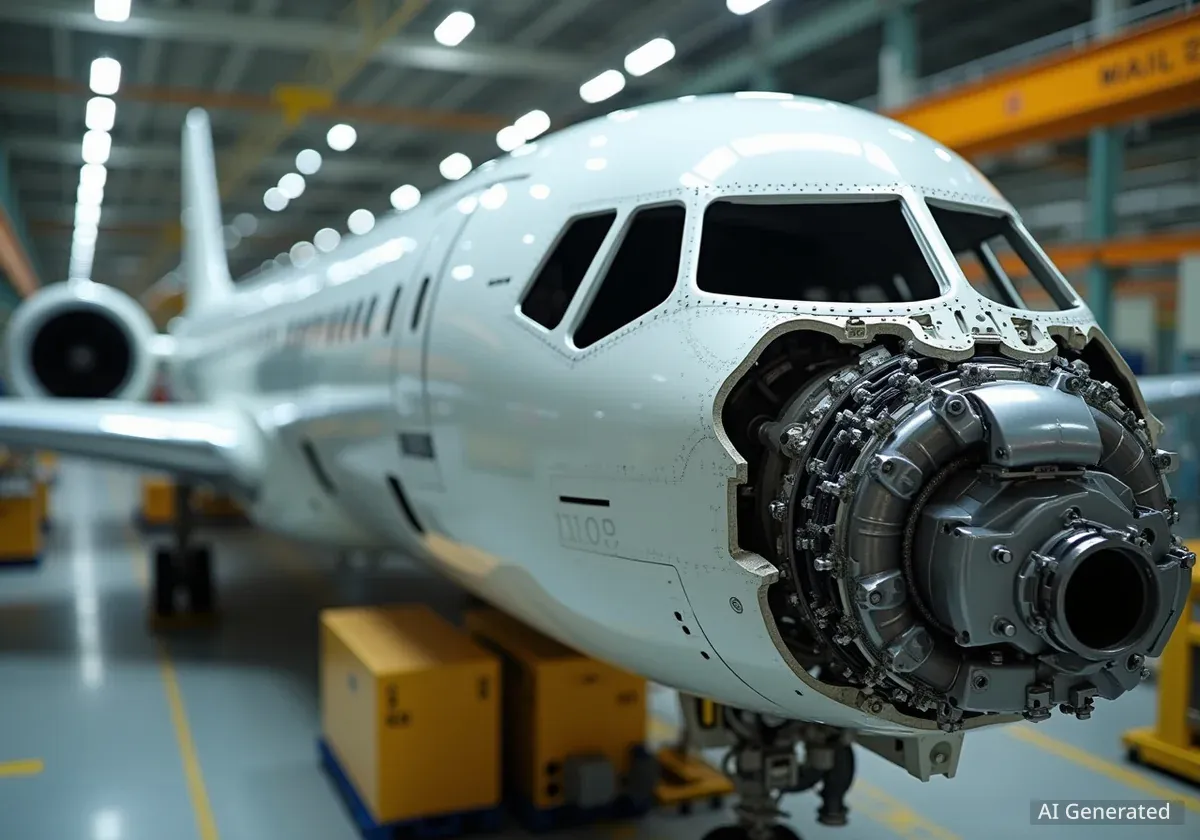Despite Boeing ceasing production of the 747 in 2023, the iconic aircraft remains a critical component of global aviation. More than 50 years after its first flight, hundreds of 747s continue to operate daily, serving specialized roles in cargo transport, government operations, and select long-haul passenger routes where its large capacity is still valued.
The aircraft's longevity is not based on nostalgia alone. Strong economic factors, unique design features, and its unmatched payload capacity ensure the "Queen of the Skies" will remain in service for decades, particularly in the air freight industry.
Key Takeaways
- Over 350 Boeing 747s remain in active service, with nearly 300 configured for cargo, charter, or government use.
- The passenger fleet is primarily operated by Lufthansa, Korean Air, and Air China, all of whom fly the modern 747-8 Intercontinental variant.
- The 747's future is secured by the cargo industry, where its nose-loading door and 140-tonne payload capacity are unmatched by twin-engine freighters.
- Economic factors, including high replacement costs and established maintenance infrastructure, make retiring the 747 impractical for many operators.
- Specialized government and VIP versions, including the next U.S. Air Force One, will keep the 747 platform operational until at least the 2050s.
The Modern 747 Fleet Breakdown
When Boeing delivered the final 747-8 Freighter to Atlas Air in January 2023, it marked the end of a manufacturing era that began in 1969. However, this did not signal the aircraft's immediate retirement. As of late 2024, data shows a significant number of these jets are still flying.
Approximately 85 Boeing 747s are configured for passenger service, while nearly 300 more are active as freighters or in governmental and charter roles. The passenger fleet is now dominated by the newest version, the 747-8 Intercontinental.
Key Passenger Operators
Only three major international airlines continue to operate the 747-8 for passenger flights:
- Lufthansa: The world's largest operator with 19 active aircraft. The airline uses them on premier long-haul routes from Frankfurt to destinations like Los Angeles, Singapore, and New York.
- Korean Air: Operates a fleet of four 747-8s, primarily on high-demand trans-Pacific routes connecting Seoul with cities like Los Angeles and Atlanta.
- Air China: Also maintains four aircraft, deploying them on long-distance flights from Beijing to Frankfurt and New York.
Relatively Young Aircraft
The 747-8 Intercontinental passenger aircraft in these fleets are not old by widebody standards. They were delivered between 2012 and 2017, giving them many years of remaining operational life. Korean Air has indicated its fleet will fly until at least 2031, while Lufthansa plans to keep its 747-8s well into the 2030s.
Cargo Operations Secure the 747's Future
While the passenger fleet has shrunk, the Boeing 747 has found a robust second life in the air freight market. Its design offers capabilities that modern twin-engine freighters cannot replicate, making it indispensable for certain types of cargo.
The 747-8 Freighter (747-8F) is the most capable version. It can transport approximately 140 metric tonnes (308,600 pounds) of payload. This capacity is significantly higher than its main competitors, the Boeing 777F (~103 tonnes) and the upcoming Airbus A350F (~109 tonnes).
The Nose-Door Advantage
The most crucial feature for many cargo operators is the 747's unique hinged nose, which allows for straight-in loading of oversized and out-of-gauge items. This makes it the preferred aircraft for transporting large industrial equipment, aerospace components, military vehicles, and power turbines.
Twin-engine freighters only have side cargo doors, which limits the dimensions of the freight they can carry. This single design element ensures the 747 remains essential for specialized logistics chains.
Leading Cargo Airlines
Several major cargo carriers rely heavily on the 747. UPS Airlines operates the largest fleet of 747-8Fs with 30 aircraft. Atlas Air commands a combined fleet of over 50 747s, including both the -400 and -8F variants. Other key operators include Cargolux and Cathay Pacific Cargo.
The Economic Case for Keeping the 747
The decision to continue flying the 747 is not just about capability; it is also driven by sound financial logic. For both passenger and cargo airlines, replacing these aircraft is an expensive and sometimes unnecessary proposition.
A new widebody freighter costs between $250 million and $330 million at list prices. For an airline operating a fully paid-off 747, the cost of acquiring a new aircraft is a major capital expenditure. Even with the improved fuel efficiency of newer twin-engine jets, the financial benefits can be marginal.
Because the 747-8F carries a much larger payload, an airline might need three flights with a Boeing 777F to move the same amount of cargo as two 747-8F flights. The extra costs for crew, landing slots, and maintenance can quickly erode any fuel savings.
Lower Ownership and Maintenance Costs
Many 747s in service today are fully depreciated, meaning their book value is zero. From an accounting standpoint, this makes them very cheap to operate relative to a new aircraft with high ownership costs. Every year they remain in service improves the airline's return on its initial investment.
Furthermore, established operators like Lufthansa have decades of experience maintaining the 747. Its in-house maintenance division, Lufthansa Technik, possesses the tooling, parts inventory, and trained engineers needed to support the fleet efficiently. The cost of sustaining this existing ecosystem is far lower than investing in new support systems for a different aircraft type.
Technical Durability and Continued Upgrades
The Boeing 747 was built to last. Its airframe was designed for a service life exceeding 100,000 flight hours, and many examples have surpassed 90,000 hours without structural issues. This inherent robustness allows airlines to operate the aircraft for 30 years or more.
Airlines are also investing in upgrades to keep their 747s modern and compliant with current standards.
- Modern Avionics: The 747-8 features an advanced cockpit with flight management systems compatible with today's air traffic control requirements.
- Cabin Refurbishments: Lufthansa is currently retrofitting its 747-8 fleet with its new "Allegris" cabin, which includes updated seating in business and premium economy, ensuring a modern passenger experience into the 2030s.
- Freighter Conversions: Many older 747-400 passenger jets have been converted into freighters (known as Boeing Converted Freighters or BCFs), extending their useful lives by another 10 to 15 years in the cargo market.
Future Outlook: A Long Reign Ahead
The future of the Boeing 747 is split between its passenger and cargo roles. The older passenger 747-400s are expected to be fully retired by 2028. However, the newer 747-8 passenger jets will likely continue flying through the mid-2030s.
The freighter variants have a much longer future. Cargo operators project service lives of 25 to 35 years per airframe. This means a 747-8F delivered in 2023 could still be flying cargo in 2050.
Finally, the aircraft's role in government and VIP transport guarantees its visibility for decades. The United States Air Force is preparing two 747-8s to serve as the next presidential aircraft, Air Force One. These jets are expected to remain in service until at least 2055, ensuring the iconic silhouette of the 747 will grace the skies for generations to come.





